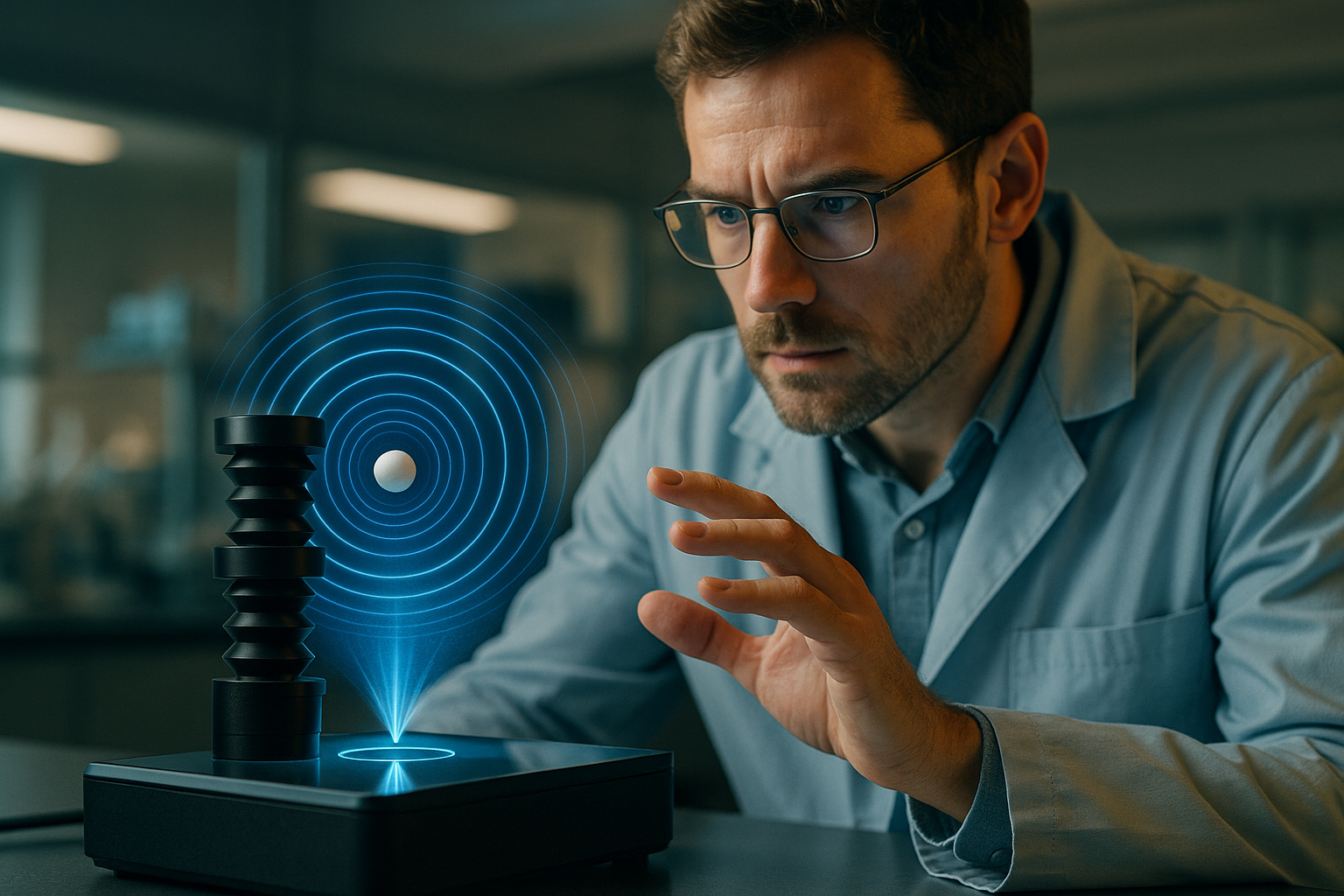Unmasking the Power of Acoustic Levitation in Today's Tech Landscape
With technology evolving at an unprecedented pace, it's sometimes hard to keep up with the latest trends. One such advancement that has been quietly making waves is acoustic levitation. Not a new concept, acoustic levitation has been a subject of scientific fascination since the 1940s. But its potential applications in today's tech landscape are only just beginning to be explored.

Acoustic Levitation: A Brief History
The concept of acoustic levitation dates back to the 1940s when scientists discovered that sound waves could be used to levitate small objects. This was a groundbreaking discovery, but it was largely confined to the realm of theoretical physics for many years.
However, in the 1980s, a series of experiments led by NASA demonstrated the practical applications of acoustic levitation. They used it to manipulate droplets of liquid in microgravity environments, paving the way for its use in various scientific fields.
The Physics Behind Acoustic Levitation
The principle of acoustic levitation is fairly straightforward. It leverages the power of sound waves to create a pressure field strong enough to counteract the force of gravity. This is achieved by generating sound waves at specific frequencies, which interact to create standing waves.
Objects placed at the nodes of these standing waves, where the pressure is the highest, experience an upward force that can counteract gravity. This results in the object being levitated, seemingly defying the laws of physics.
Acoustic Levitation in Modern Technology
From manipulating pharmaceutical compounds to aiding in microgravity research, acoustic levitation has found its way into numerous technological applications. Recently, researchers have even demonstrated the use of acoustic levitation in the creation of holograms, opening up a world of possibilities for 3D display technology.
Furthermore, acoustic levitation has shown promise in the field of materials science. Researchers are now able to handle molten materials without any physical contact, allowing them to cool and solidify in a container-less environment. This could lead to the creation of purer substances, free from the contamination usually caused by contact with containers.
Market Impact and Future Prospects
While acoustic levitation is not yet a commercial technology, its potential applications are massive. The global acoustic wave technology market is projected to reach $3.5 billion by 2026, according to a report by ResearchAndMarkets.com.
The report suggests that the market’s growth will primarily be driven by the increasing use of acoustic wave technology in various industries such as healthcare, telecommunications, and consumer electronics.
In conclusion, acoustic levitation may seem like a concept straight out of a science fiction novel. However, its real-world applications are growing, and its potential impact on the tech landscape is vast. From improving drug development processes to revolutionizing 3D display technology, acoustic levitation is an exciting development to watch in the coming years.






